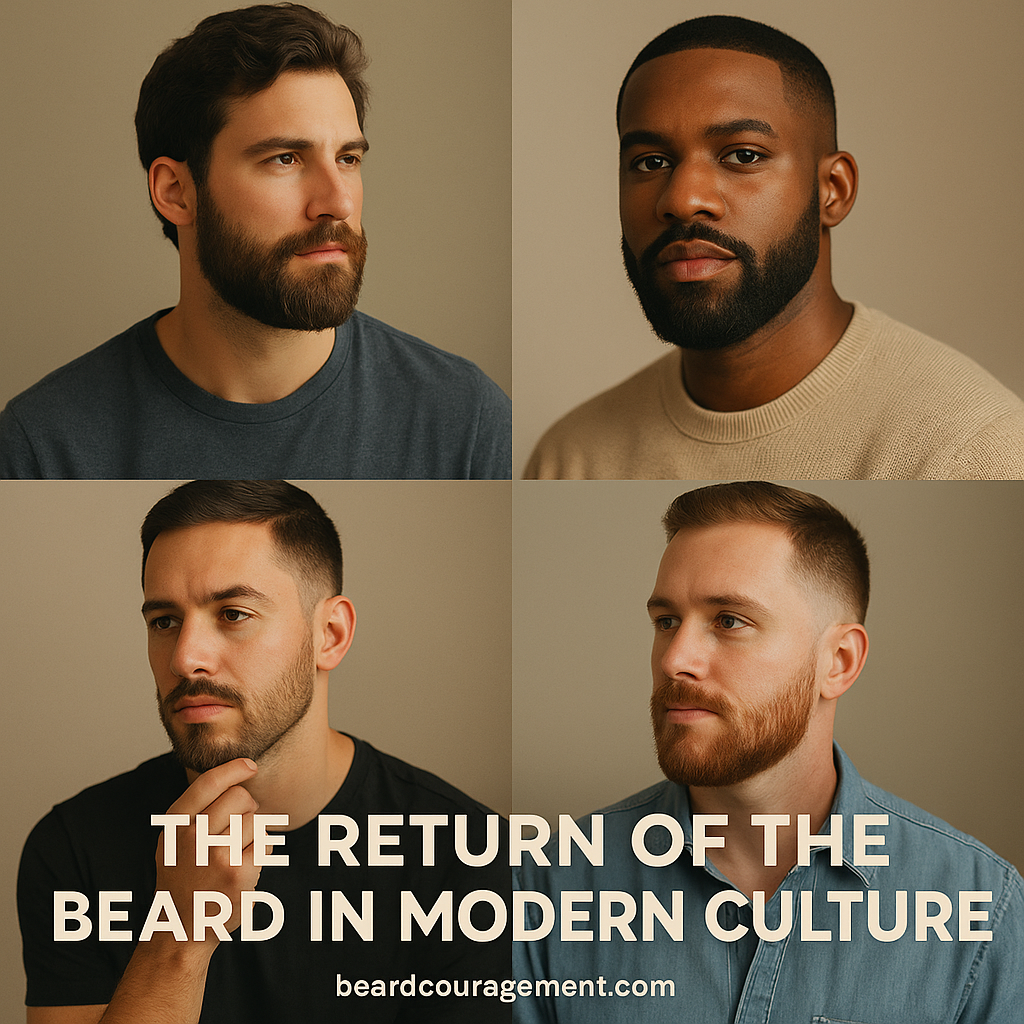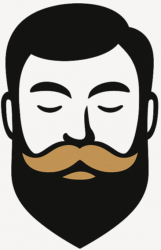
For much of the late 20th century, the clean-shaven face dominated boardrooms, television screens, and fashion magazines. Beards were considered old-fashioned, scruffy, or even rebellious. But in the last two decades, something powerful happened — the beard made its comeback.
Today, beards are not only accepted but celebrated. They’ve become a symbol of individuality, confidence, and authenticity. The beard’s return reflects a broader cultural shift — one that values self-expression, natural masculinity, and personal freedom.
From Rebellion to Respectability
In the early 2000s, stubble and short beards began to reappear, first among creatives and musicians, then in workplaces once dominated by the clean-shaven look. What started as a countercultural statement evolved into a new standard of style and self-assurance.
The turning point? The beard became versatile again — from rugged lumberjack looks to precisely groomed styles worn by executives and athletes.
It was no longer a symbol of rebellion. It was a symbol of balance — strength with sophistication.
The Influences Behind the Beard Revival
1. Media and Pop Culture
Hollywood and fashion helped normalize the modern beard. Actors like Jason Momoa, Idris Elba, and Jake Gyllenhaal brought beards to red carpets and magazine covers, redefining what masculine grooming looks like.
Social media amplified the movement. Influencers, barbers, and everyday men shared their beard journeys online, inspiring others to grow and maintain their own.
2. The Rise of Self-Expression
Modern men began rejecting one-size-fits-all grooming standards. Beards became an act of personal style — a way to shape identity rather than conform to it.
In a world increasingly focused on individuality, facial hair became a tool of self-definition, not rebellion.
3. The Return of Craft and Care
Beard care turned into a full-fledged industry. Premium beard oils, balms, and grooming products made it easier for men to maintain facial hair without sacrificing polish.
This wasn’t about letting go of grooming — it was about elevating it. The rise of barbershop culture reinforced that balance between rugged and refined.
What the Beard Represents Today
Modern beards carry layered meanings:
- Confidence: A visible symbol of self-assurance and maturity.
- Authenticity: A rejection of perfectionism in favor of natural expression.
- Cultural Identity: In many traditions, beards represent wisdom and spirituality — ideals that still resonate today.
- Equality in Grooming: Beards helped redefine men’s self-care as something intentional, not indulgent.
The modern beard isn’t just hair — it’s philosophy in motion.
The Modern Man’s Beard Mindset
Today’s beard culture is about more than aesthetics. It’s about balance — between strength and subtlety, tradition and progress, individuality and connection.
Men are realizing that grooming isn’t about hiding flaws; it’s about enhancing authenticity. The modern beard celebrates self-expression and confidence without apology.
Whether short, long, faded, or minimalist, every style tells a story — one of patience, discipline, and personality.
Final Thoughts
The return of the beard in modern culture isn’t a passing trend — it’s a return to self-expression. What started as a style movement has evolved into something deeper: a reminder that confidence comes from being unapologetically yourself.
Your beard isn’t just a look — it’s a reflection of how far men’s culture has come. It’s proof that authenticity never goes out of style.
